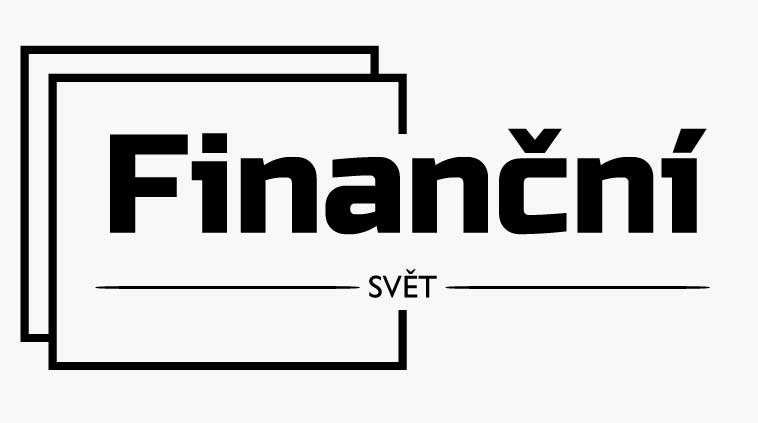.
Welcome to the world of euros! As of December 1, 2013, the euro is a currency shared by 19 of the 28 countries in the European Union. While it may not be the oldest currency, it has come a long way since its introduction in 2002. Here’s a look at its history and how it has become one of the world’s most popular currencies.
The euro was introduced as a new currency on January 1, 2002. It was adopted by eleven of the countries that make up the European Union, and it replaced their individual currencies. The euro was welcomed as a symbol of unity among the member countries and as a way of unifying the economies of the nations.
The introduction of the euro was a huge success, and it quickly gained popularity among citizens and businesses alike. It was the first time in history that so many countries had adopted a single currency. It was a major step towards integration and economic stability.
The euro was designed to be easily recognizable and to reflect the culture of the countries that use it. The euro notes feature stylized architectural designs that don’t represent any particular buildings. It also features images that reflect the culture and values of the European Union.
Since its introduction, the euro has become one of the most widely used currencies in the world. It is the official currency of 19 countries, and it is also used in many other countries as an unofficial currency. It is traded on the foreign exchange markets and is used for international transactions.
The euro is now over 18 years old, but its popularity shows no sign of slowing down. The euro has become a symbol of unity and economic stability in Europe and beyond. It has made the continent a more accessible and integrated place to live and do business.
The euro is more than just a currency. It is a symbol of European unity and prosperity. For many people, it represents the hope of a brighter future and a better life.
So, how old is the euro? While it is still relatively young, it has already become one of the most popular and influential currencies in the world. It is a symbol of European unity and a powerful force for economic stability.







